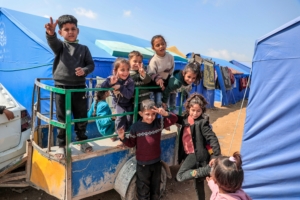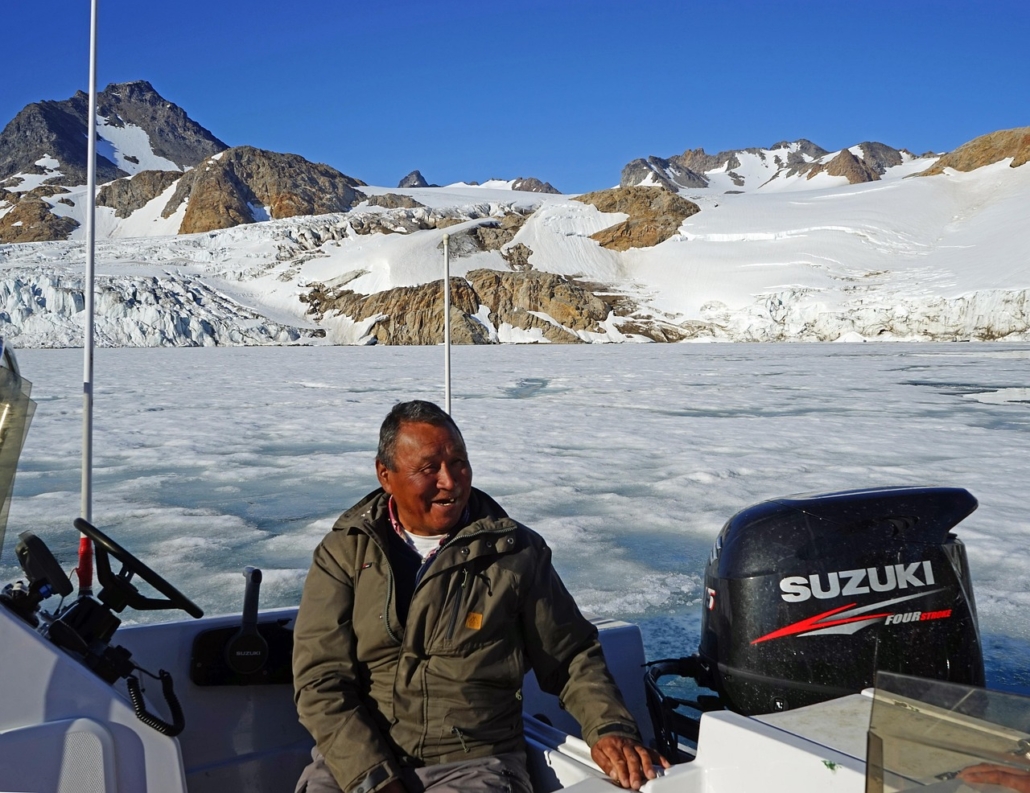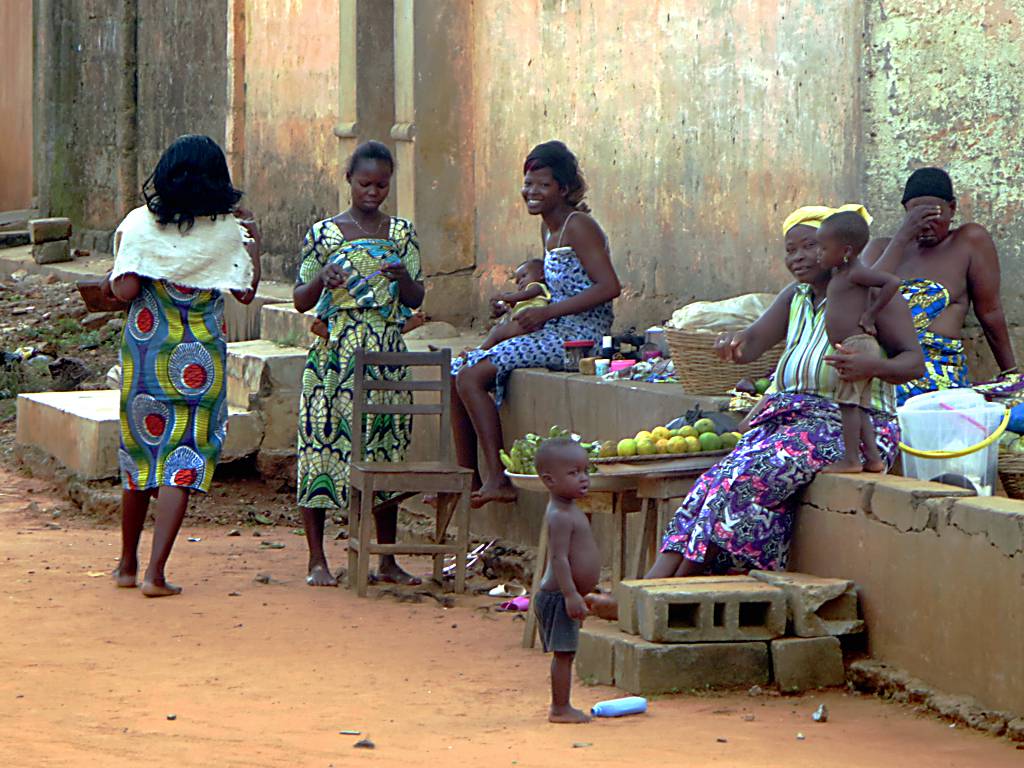 After 13 years of civil conflict, President Bashar al-Assad was overthrown in December 2024 by a lightning insurgency organized by the Islamist organization Hayat Tahrir al-Sham (HTS) which put an end to his family’s more than 50-year rule. As soldiers loyal to Assad and those opposed to his government clash, along with Jihadist extremists from the Islamic State, more than 14 million people have been displaced from their homes.
After 13 years of civil conflict, President Bashar al-Assad was overthrown in December 2024 by a lightning insurgency organized by the Islamist organization Hayat Tahrir al-Sham (HTS) which put an end to his family’s more than 50-year rule. As soldiers loyal to Assad and those opposed to his government clash, along with Jihadist extremists from the Islamic State, more than 14 million people have been displaced from their homes.
Humanitarian Crisis
The prolonged civil conflict has claimed hundreds of thousands of lives, and many of the survivors live in appalling conditions and struggle with mental health illnesses, including depression, anxiety and hopelessness.
The humanitarian situation within Syria is extremely serious as well. More than 13 years after the catastrophe started, millions of people have experienced repeated displacement and are dealing with psychological and physical trauma that has changed their lives. Critical infrastructure has sustained significant damage as a result of conflict, severely restricting access to necessary services.
More than 90% of the population is now living in poverty as a result of a collapsing economy, which also forces families to choose between healthcare, education, and food.
The IRC Improving Mental Health in Syria
The changing circumstances also give Syrian refugees in nearby nations a glimmer of optimism that they will one day return to their home regions, according to the International Rescue Committee (IRC). Notwithstanding the most recent events in Syria, any talk regarding the return of refugees must remain focused on the necessity that they be voluntary, secure and supported by the provision of all the information necessary for them to make wise decisions regarding their futures.
In a refugee camp in northeastern Syria, Samia provides counseling services to displaced individuals and their families at a mental health clinic that the IRC established, BBC reports. She focuses on raising awareness in crises and enhancing her patients’ mental health despite the limited resources. The IRC has been working in Syria since 2012 and currently has more than 1,000 employees there who offer safety, early recovery assistance, and life-saving medical care.
Samia provides essential counseling services to displaced individuals and their families at a refugee camp in northeastern Syria while working at an IRC mental health clinic, the IRC reports.
She is steadfast in her resolve to enhance her patient’s mental health and increase public awareness of mental health issues despite her low resources. Her personal experience and her conviction that mental health support is essential to post-crisis recovery drive her work with camp inhabitants.
The Future
For Syrians to survive, recover and ultimately regain control over their futures following 13 years of a protracted crisis, the IRC urges all sides to commit to a lasting peace.
In addition to primary, reproductive and mental health services, they offer life-saving medical care, including assistance for medical facilities and mobile health teams that provide vital trauma care. Along with financial aid, early recovery, and support for the development of young children, the IRC also provides counseling and protective services for women and children, especially those who have experienced violence.
It is helping partners in Turkiye provide emergency financial aid, protection and medical treatment to people impacted by the 2023 earthquakes. Additionally, the IRC aids Syrian refugees in nearby nations.
The IRC is unwavering in their resolve to help Syrians in need, wherever they may be, even if the humanitarian needs in Syria are at an all-time high.
– Taylor Naquin
Taylor is based in Gilbert, AZ, USA and focuses on Good News and Celebs for The Borgen Project.
Photo: Flickr







 People from lower-income countries are often overlooked as a target audience for mental health care. In impoverished countries, in particular, mental health care is crucial for breaking the cycle of potentially exacerbated mental illnesses that disproportionately affect underprivileged populations. According to the World Health Organization (WHO),
People from lower-income countries are often overlooked as a target audience for mental health care. In impoverished countries, in particular, mental health care is crucial for breaking the cycle of potentially exacerbated mental illnesses that disproportionately affect underprivileged populations. According to the World Health Organization (WHO), 
